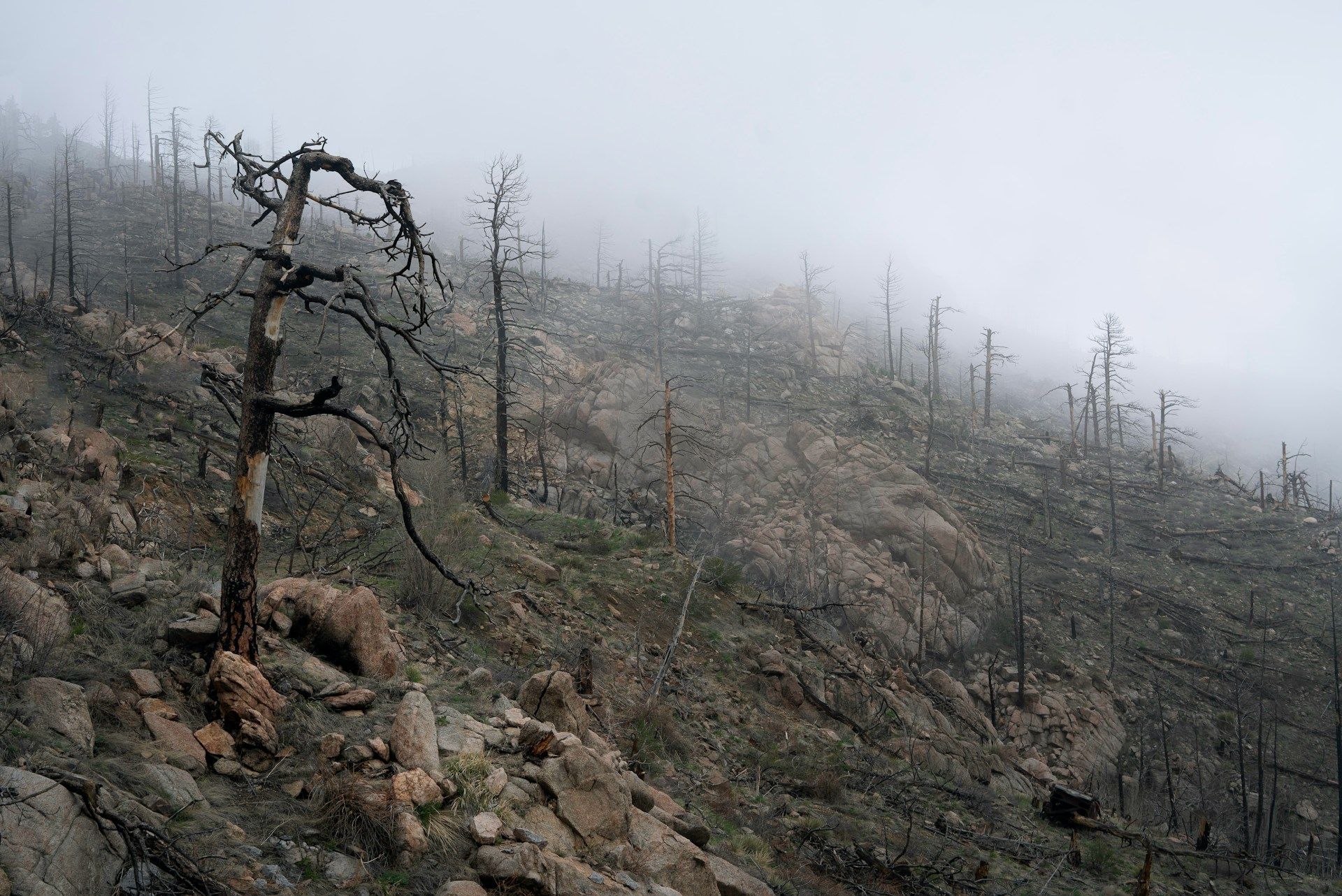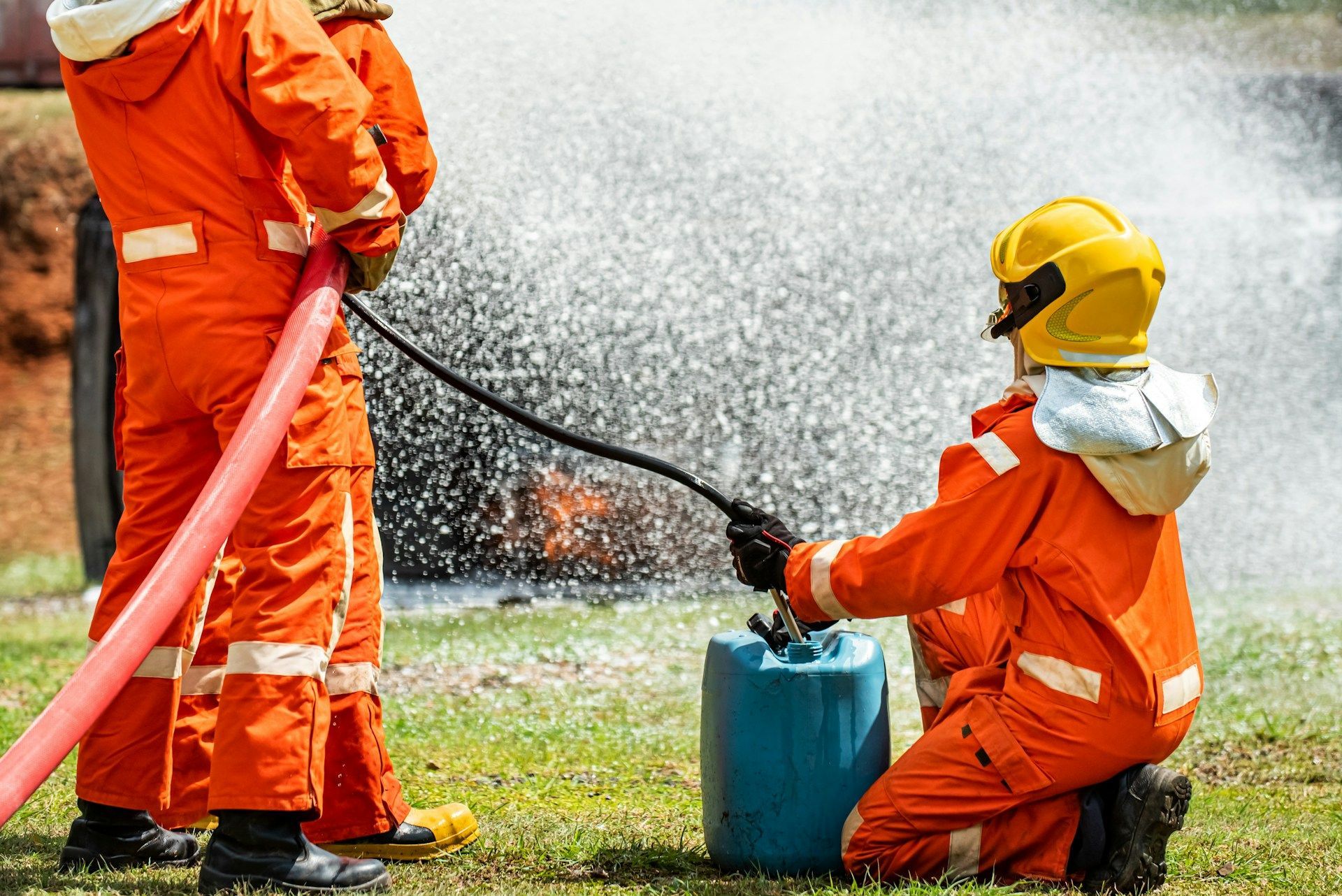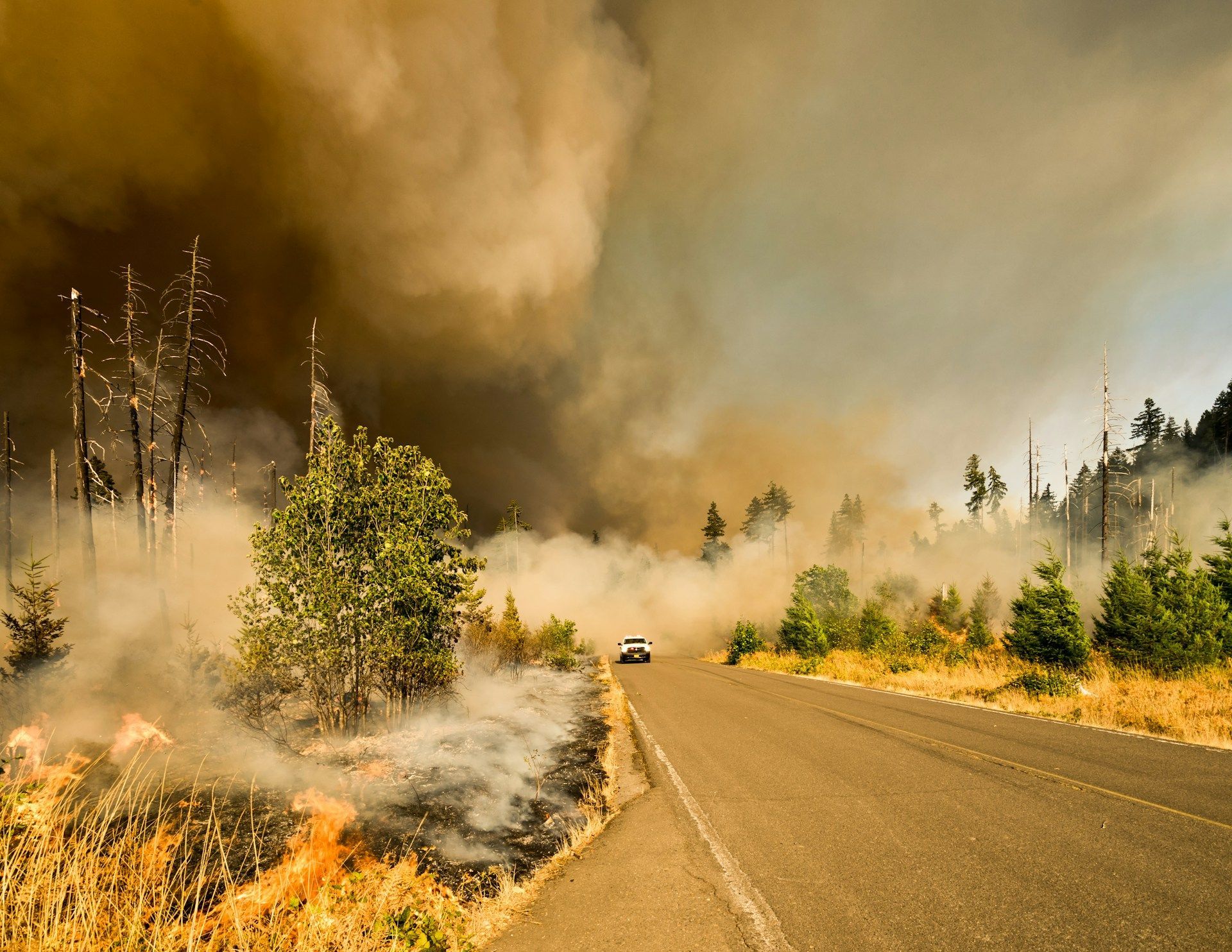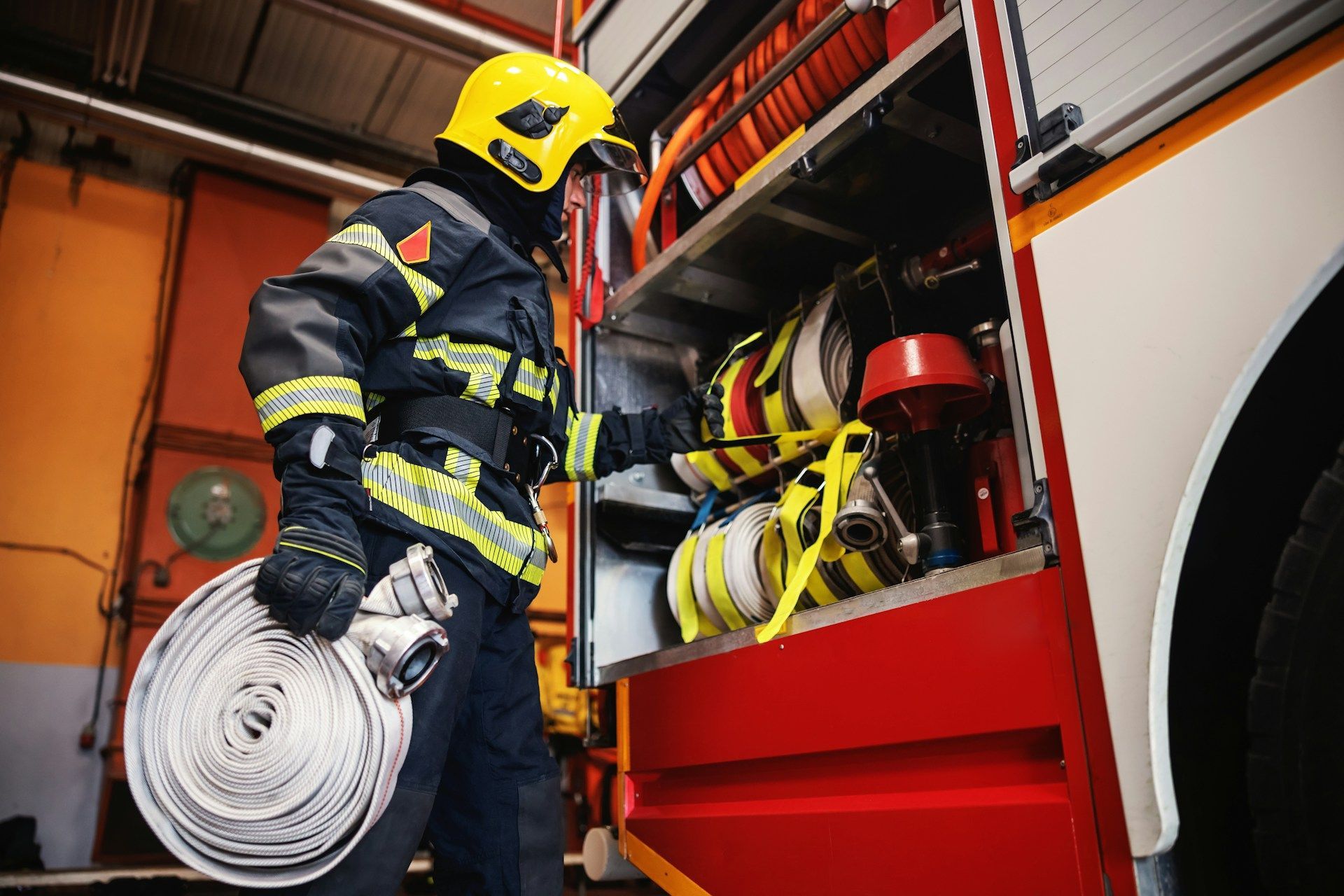Board of Fire Commissioners, Fire District 3,
Township of Old Bridge
Board of Fire Commissioners
Fire District 3
Township of Old Bridge
Fire Extinguisher Essentials: Types, Uses, and Maintenance for a Safer Community
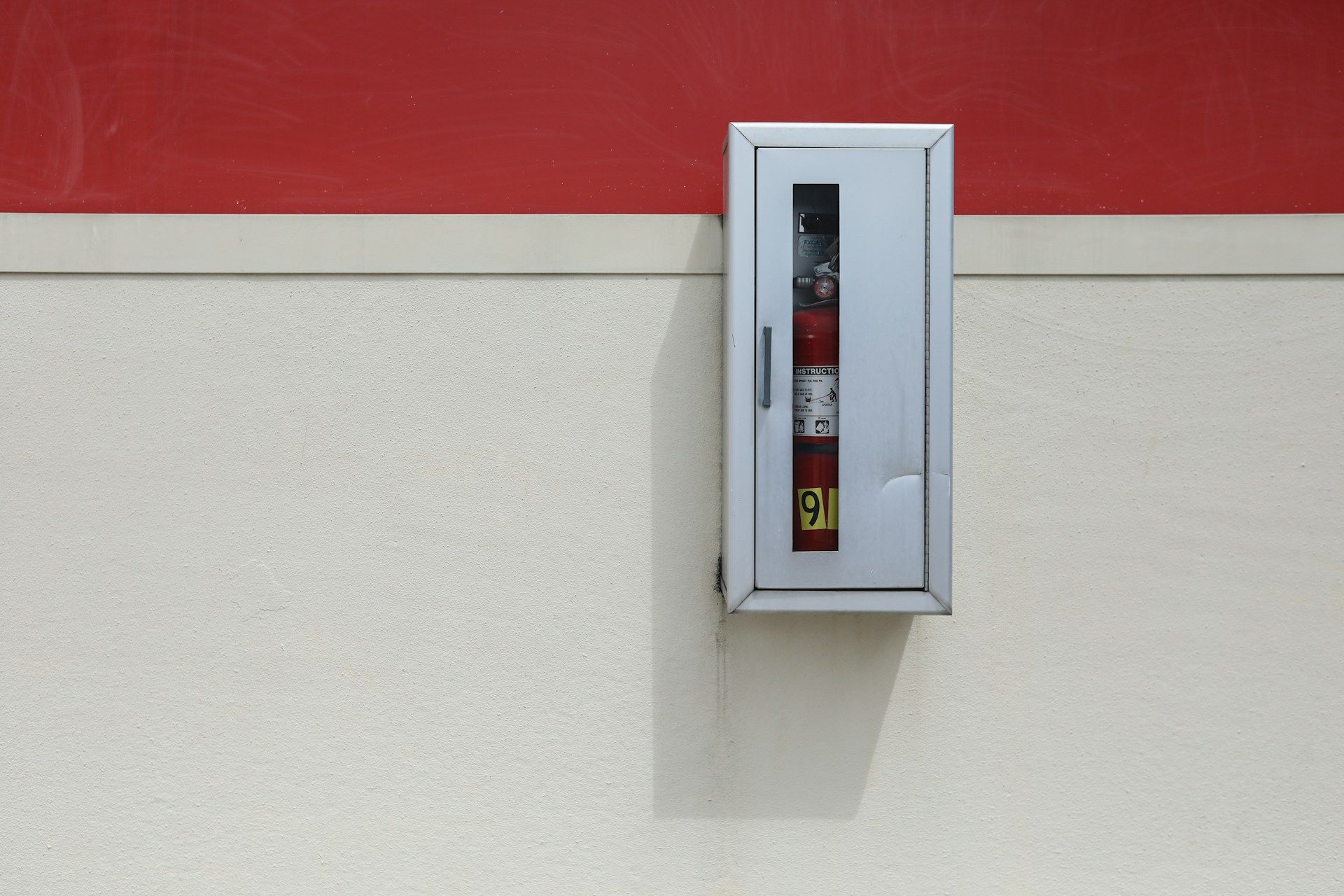
Fire extinguishers are an indispensable tool in fire protection and preparedness for all citizens and property owners in Fire District 3. Having the appropriate fire extinguisher readily accessible and well-maintained can make a crucial difference in containing or extinguishing fires before they escalate into destructive events. To maximize their effectiveness, it's essential to fully understand the various types of fire extinguishers, their appropriate uses, and the proper maintenance techniques.
In this comprehensive guide, we'll explore the essentials of fire extinguishers, the differences between the various classes and types of extinguishers, and their intended applications. By providing detailed information on fire extinguisher maintenance and tips for usage, our goal is to enhance fire safety and preparedness within the Fire District 3 community.
Join us as we dive into the world of fire extinguishers to ensure that you are well-prepared and equipped to handle fire emergencies and contribute to the overall safety of our district.
1. Understanding Fire Extinguisher Classes and Types
Fire extinguishers are classified according to the types of fires they are designed to combat. Familiarize yourself with these classifications to ensure you have the suitable extinguisher for your needs:
- Class A: Designed for ordinary combustible materials such as wood, paper, cloth, rubber, and many plastics. The extinguishing agent is often water or dry chemical powder.
- Class B: Intended for flammable liquids, including oil, gasoline, grease, and paint. Effective options in this category include CO2 and dry chemical extinguishers.
- Class C: Effective against electrical fires, these extinguishers are typically filled with a dry chemical powder or CO2 to avoid conducting electricity.
- Class D: Designed for combustible metals like magnesium, titanium, and sodium, these extinguishers often contain a dry powder specifically suited for the metal involved.
- Class K: Ideal for commercial kitchens, these extinguishers are designed to combat fires involving cooking oils, greases, and animal fats.
2. Choosing the Right Fire Extinguisher for Your Needs
Selecting the appropriate fire extinguisher for your home or business depends on the specific risks present in your environment:
- Home Use: Generally, a multi-purpose extinguisher rated for Class A, B, and C fires is recommended for home use. Such extinguishers can tackle most common household fires, including those involving electrical equipment and flammable liquids.
- Workshops and Garages: For spaces with a higher risk of flammable liquid or electrical fires, a Class B or Class C-rated extinguisher will provide suitable protection.
- Commercial Kitchens and Restaurants: A Class K fire extinguisher is essential in settings where commercial cooking takes place, due to the prevalence of grease fires. These extinguishers are specifically designed to combat kitchen fires and should be easily accessible.
3. Using a Fire Extinguisher: The P.A.S.S. Technique
When operating a fire extinguisher, use the P.A.S.S. technique to ensure effective and safe use:
- Pull: Pull the safety pin found at the top of the extinguisher to break the tamper seal.
- Aim: Aim the extinguisher nozzle or hose low, pointing at the base of the fire. This targets the source of the flames and helps extinguish the fire rapidly.
- Squeeze: Squeeze the handle to release the extinguishing agent. Remain calm and controlled as you dispense the agent.
- Sweep: Sweep the nozzle or hose from side to side across the base of the fire. Continue discharging the agent even after the flames subside to prevent reignition.
4. Fire Extinguisher Maintenance and Inspection
Regular maintenance and inspection of your fire extinguishers help ensure they remain in optimal working order:
- Visual Inspections: Conduct monthly visual checks on your fire extinguishers. Verify that they are fully charged, undamaged, and easily accessible. Ensure the pressure gauge is in the green zone, indicating the proper pressure level.
- Professional Inspection: Have your extinguishers professionally inspected and certified by a fire protection specialist at least once a year. This ensures your extinguishers are in compliance with local regulations and in good working condition.
- Recharging: Recharge your extinguisher after each use, even if it's only been partially discharged. A fire protection professional will perform this task and check for possible leaks.
Advancing Fire Preparedness in Fire District 3
Equipping yourself with knowledge about fire extinguishers, their types, and maintenance ensures that you are prepared and capable of handling fire emergencies within Fire District 3. Taking the time to understand and share fire extinguisher essentials significantly contributes to the overall safety and well-being of our community.
By promoting fire preparedness and proper extinguisher usage, we foster a safer and more resilient Fire District 3, a
New Jersey fire district. Improve fire safety in our district by sharing this comprehensive guide on fire extinguisher essentials with your family, friends, and neighbors. Together, we can create a community that stands strong against fire emergencies and protects its citizens and property.
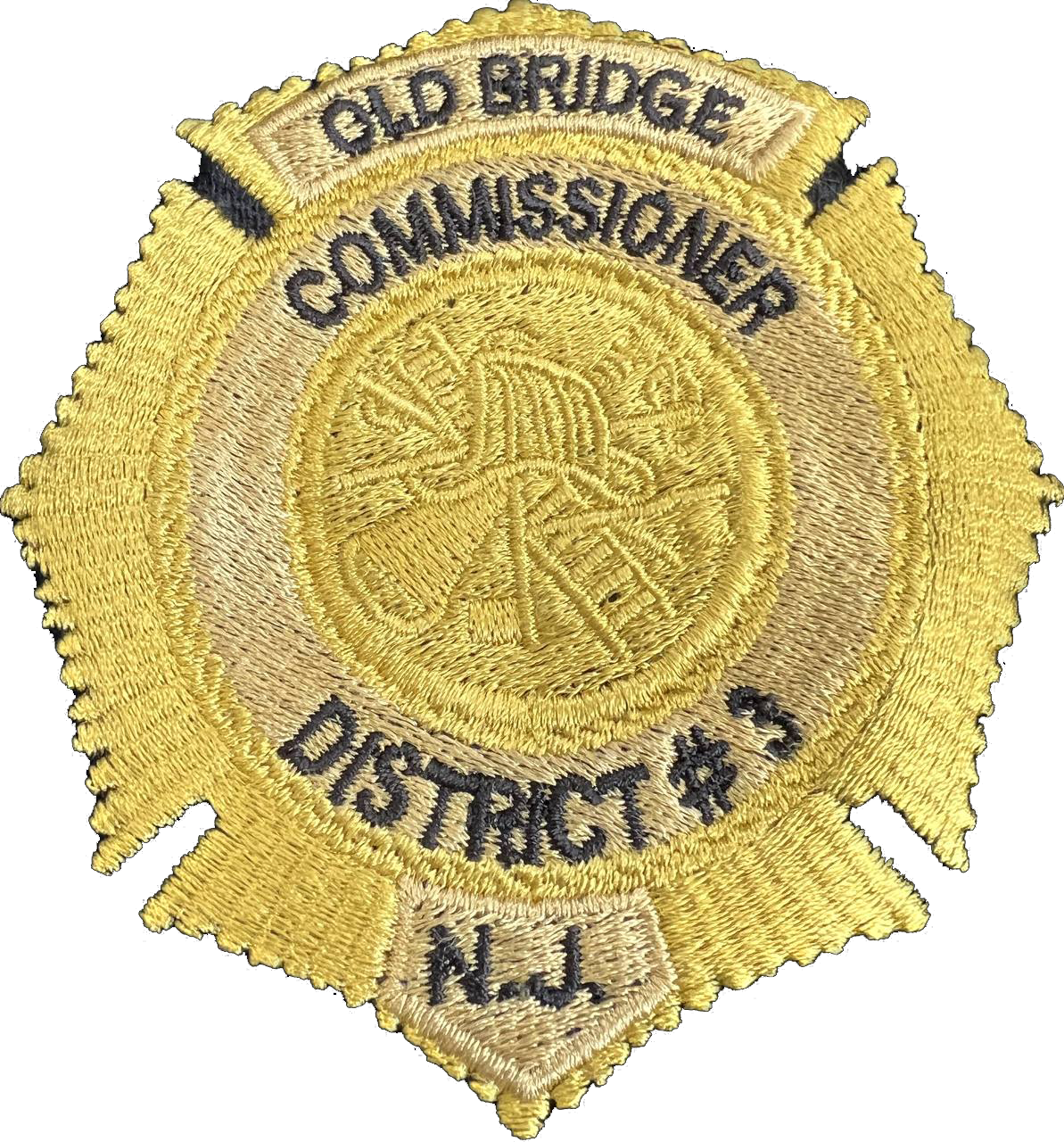
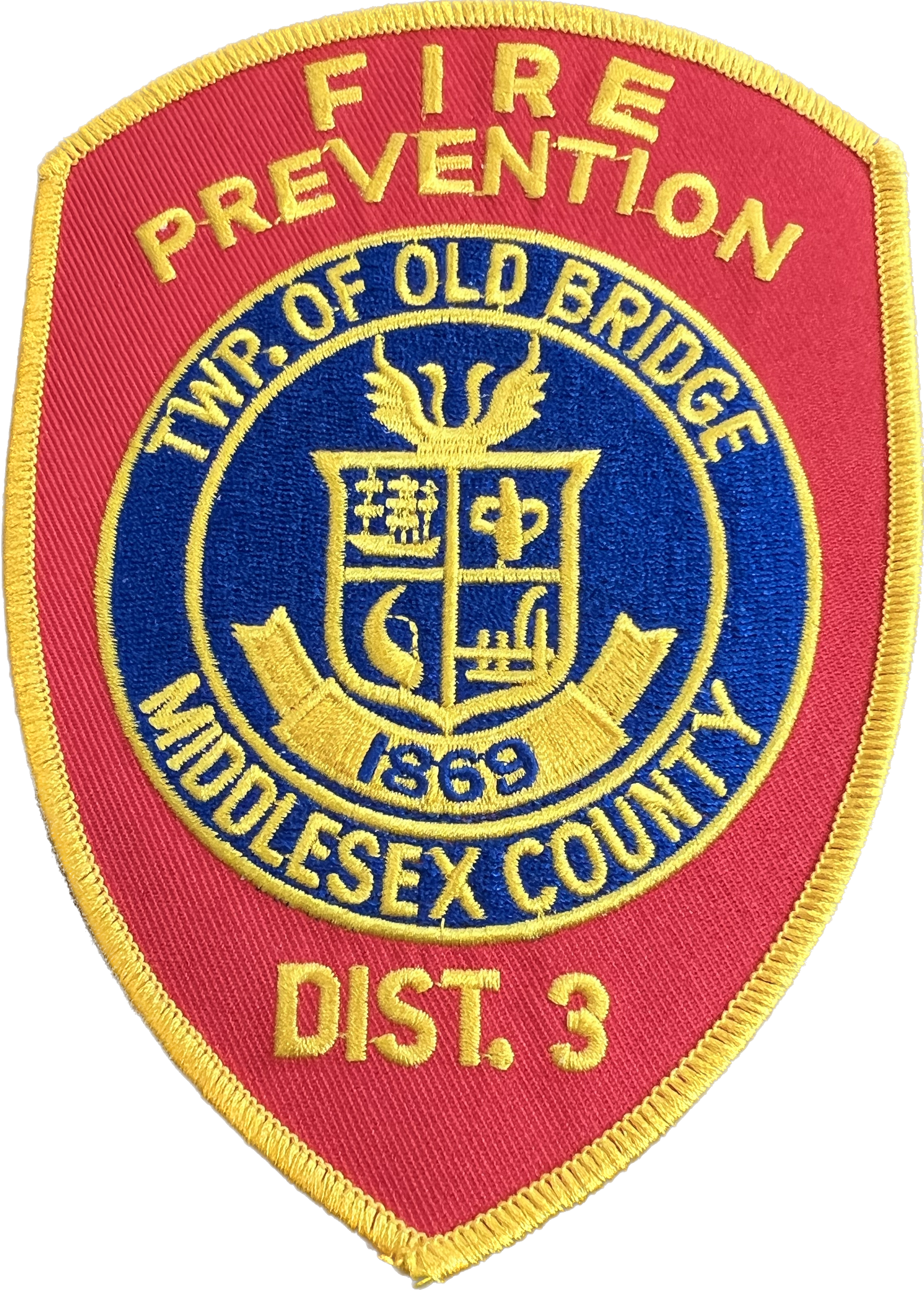
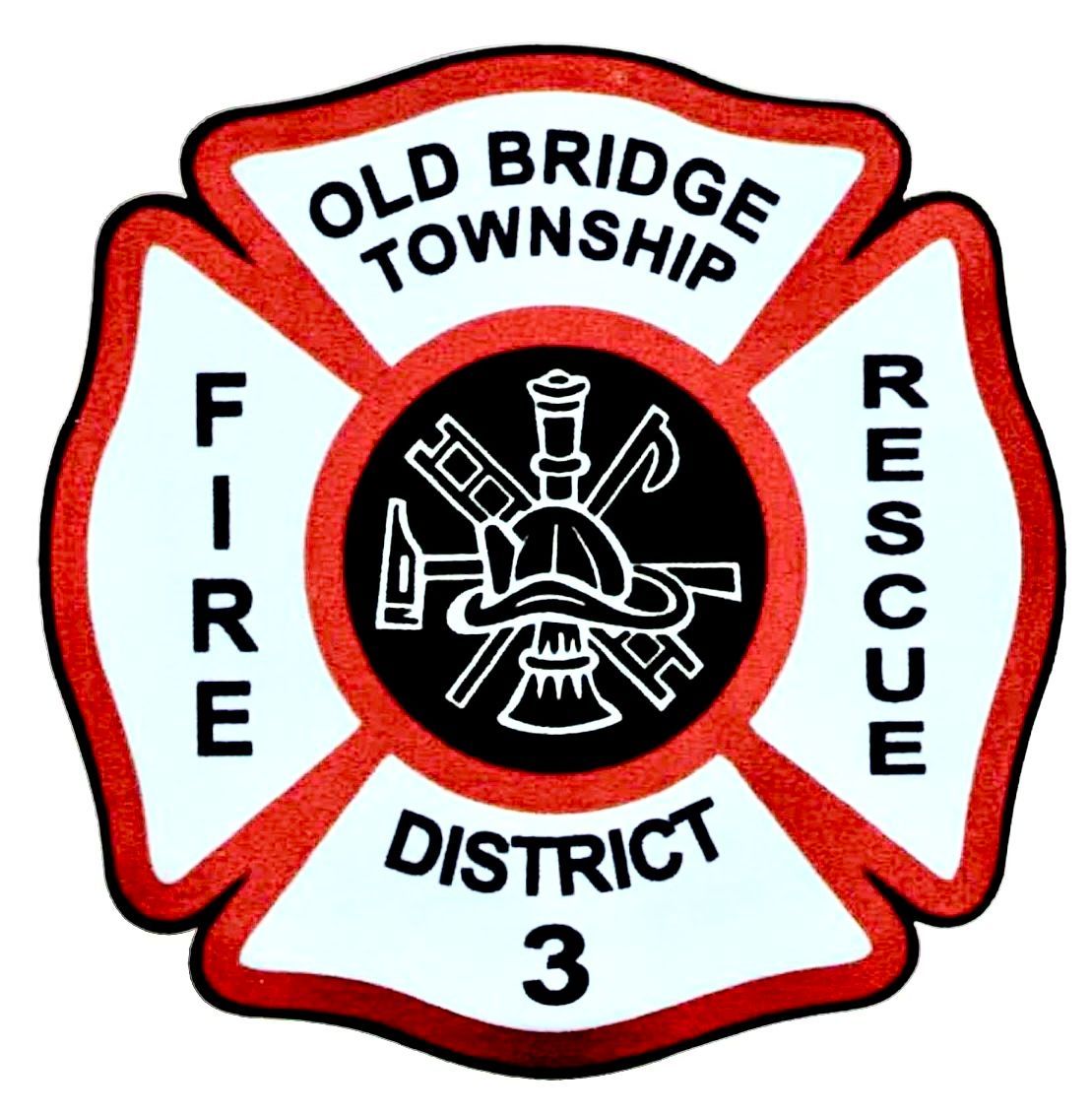



Phone: 732-723-1124 | Email: firedistrict3@obfd3.com
Address: 913 Englishtown Road Old Bridge, New Jersey 08857
We are closed daily from 12 Noon to 1pm for lunch
© 2023 All Rights Reserved | Board of Fire Commissioners, Fire District 3, Township of Old Bridge
All Rights Reserved | Board of Fire Commissioners, Fire District 3, Township of Old Bridge


